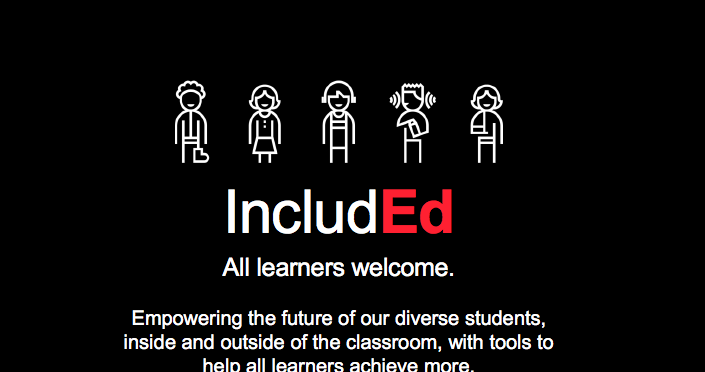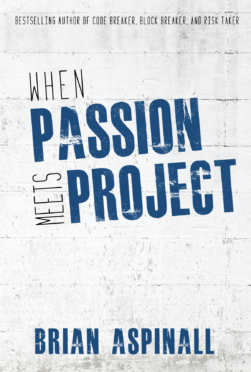This morning I tweeted an article titled “Spatial skills higher among those who played with construction-based toys and video games in childhood.” It is a great read with many interesting points. From the article:
Childhood play experiences strongly shape a person’s spatial skills, according to a new CIRES-led study—those skills can be critical to success in fields like science and engineering. Young adults who played with construction-based toys such as Legos, or with certain types of video games outperformed other peers in tests of spatial reasoning—like the skill needed to mentally rotate objects. And most notably, the new research found that gender differences in spatial skills disappear when the researchers considered the impact of childhood play.
I highly recommend you take a look at this piece and consider how spatial activities can be incorporated into your classroom.
The new research highlights the need for more access to spatial training and experiences for girls and women—or for anyone who desires success in a STEM career. In addition to providing spatially engaging toys to young children, Gold also suggests offering spatial trainings in grade school or even adulthood. She has preliminary evidence that people can improve their skills with spatial training, whether they lacked spatial skills in the first place or have just gotten rusty over the years.
With all of this research I am reminded of a personal story. One that changed the way I think about technology and my role in the classroom. This story means a great deal to me for a variety of reasons, perhaps most importantly that it made me look at the world differently and completely revamp my evaluation practices. This is a story about a student named “Jeremy.”
Jeremy is autistic. Jeremy was passionate about his interests but not super thrilled to explore outside of his comfort zone. “Traditional” evaluation methods produced results indicating Jeremy was not very bright academically. But there was something about Jeremy. He was brilliant in his own right. It was our definition of compliance that needed next steps.
Jeremy was introduced to Minecraft in his grade 8 year of elementary school. Having spent nine years in the system that wasn’t working for him, his parents were desperate to find a solution before high school. Jeremy was obsessed with Lego but had not used Minecraft before. It didn’t take long to see him beam with excited as he created structures and constructed growing patterns.
What we recognized (we, as in our school staff) is that Minecraft had almost become a voice for Jeremy. He could build things to demonstrate understanding, use signs to express language and create video clips to narrate his worlds. Jeremy was able to participate in math class by building patterns and structures to scale. He could visualize settings for his story and bring them to life in what Seymour Papert used to describe as a Mathland.
As an educator, this story – as successful as it is – made me reflect on the first nine years of Jeremy’s education. It wasn’t working for him but we pushed him through. We weren’t accurately quantifying his thought processes because the methods we asked him to demonstrate with were not suitable. Jeremy loved Minecraft – it was a place without rules.
Jeremy changed the way I look at the world. He sees it differently than me. The one size fits all model can no longer work and I have to adjust my evaluation practices as necessary. Jeremy was creating beautiful structures – mathematical structures that demonstrated his mathematical thinking. Math can no longer be a score – we should leave that to golf.
Assessing Jeremy’s Minecraft projects was easy – feedback is not the hard part. Creating a subjective numerical grade to accurately capture what was happening is the real problem. After all, how can you evaluate creativity?
I smile as I write this as the timing of the article is so perfect. Microsoft Canada is looking to giveaway devices to educators through their IncludEd campaign. Check it out, I hope you can nominate a colleague who inspires students like Jeremy! You see, Jeremy could achieve once given a fair chance. It wasn’t that Jeremy didn’t want to participate in school, it was just that we wasn’t interested and, as many of you know, the autism profile often doesn’t much worry about those kinds of things. Minecraft, as much of a game as it is, is also a tool for knowledge construction. As I read the article I tweeted this morning, I nodded along with every sentence thinking about my year with Jeremy.
I believe all kids can achieve if given a fair chance. Jeremy was no different. As educators, we must be comfortable with discomfort.

 For all the kids who grow up in a small town and think they don’t stand a chance. You do. I was once that kid.
For all the kids who grow up in a small town and think they don’t stand a chance. You do. I was once that kid.